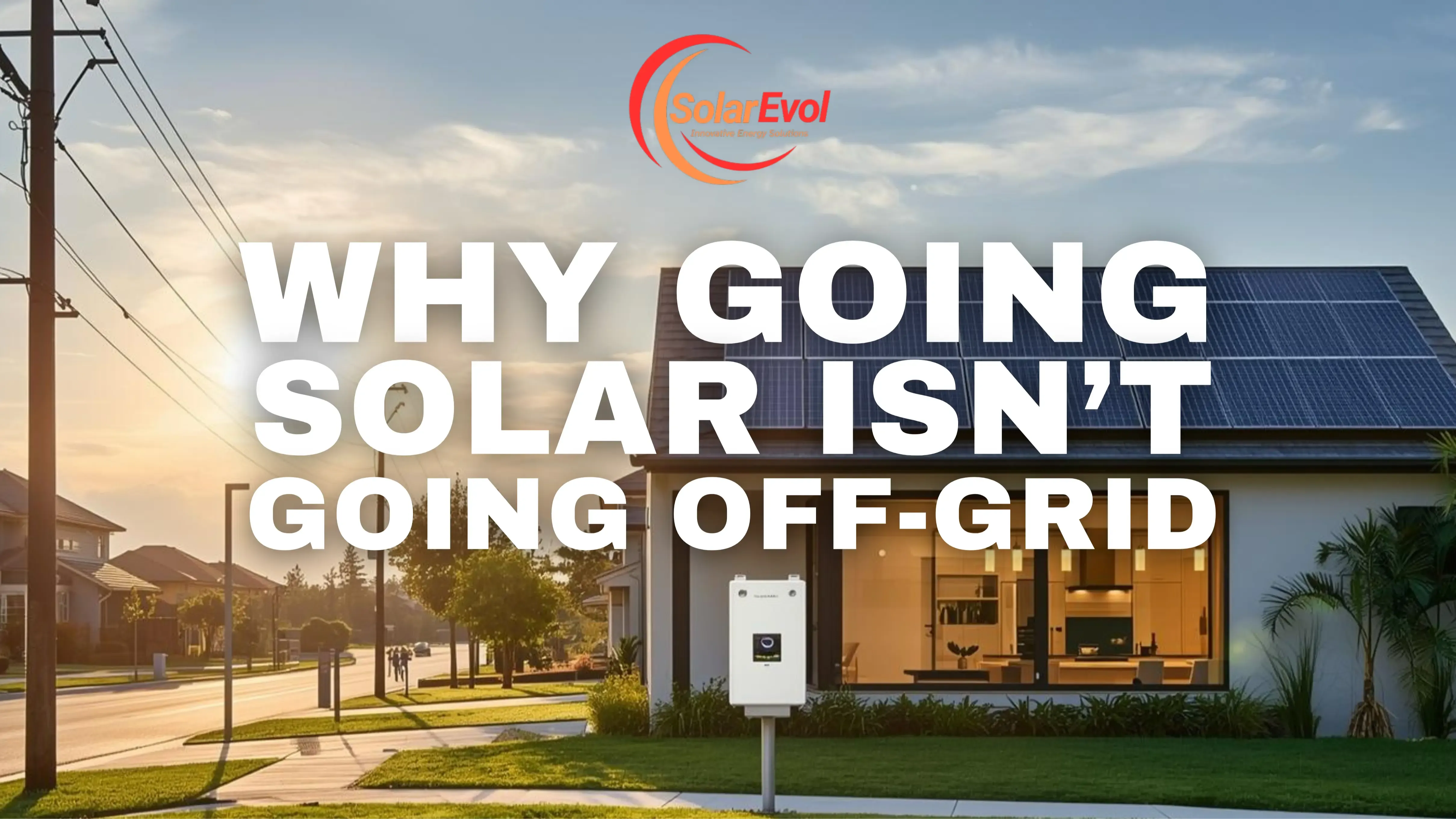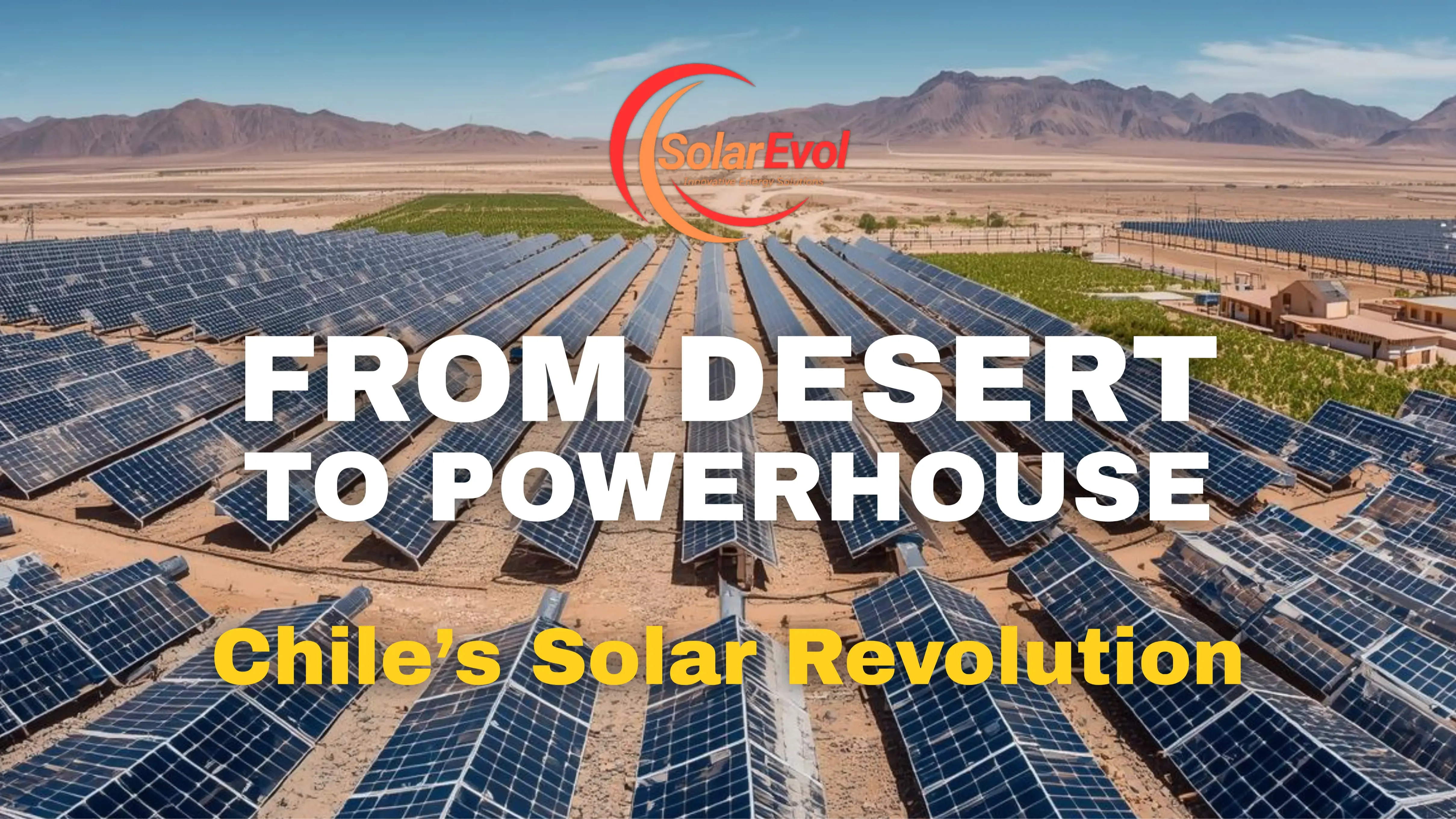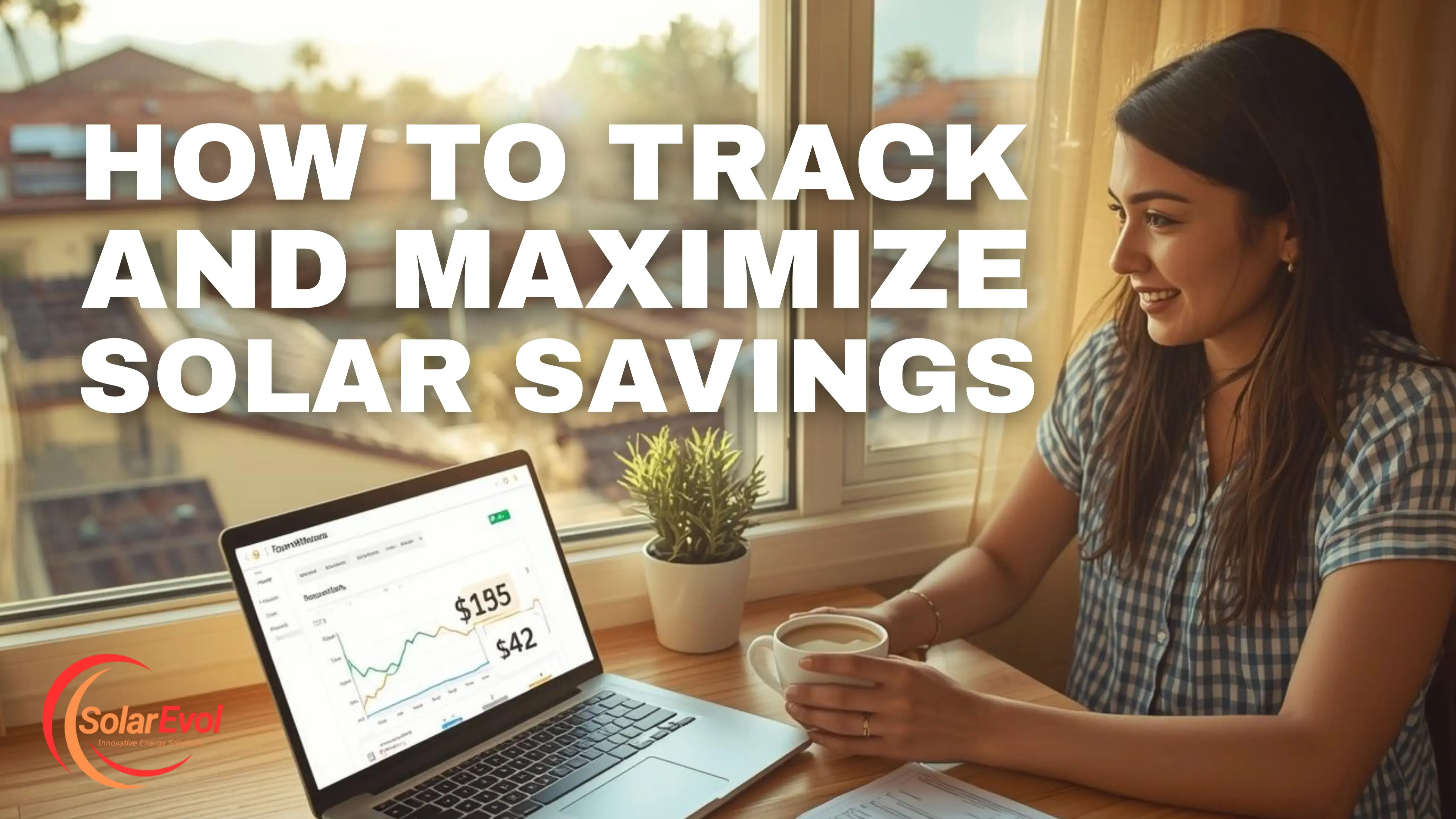
What Developers Must Know About Solar Façades
Jul 04, 2025Friday, July 4, 2025
Architects love them for their futuristic feel. Sustainability teams see them as a clean win. And developers? You’re looking for something that looks good, performs well, checks a few incentive boxes—and doesn’t create a bunch of extra headaches.
The problem? A solar façade can deliver all of that… or it can underperform, blow past budgets, and slow approvals—if you don’t plan for the right things upfront.
At Solar Evol, we’ve helped integrate solar façades into commercial, multifamily, and net-zero projects across the country. This guide is a distillation of that experience: a no-fluff, real-world look at what developers need to know to make vertical solar work—for performance, payback, and project timelines.
📐 What Is a Solar Façade, Really?
Before we dive in, let’s clarify terms. When we say solar façade, we’re talking about:
- Building-Integrated Photovoltaics (BIPV) — solar panels that replace standard building materials (glass, cladding, etc.).
- Façade-Mounted PV Systems — standard solar modules mounted vertically or at an angle on the building’s exterior, often over existing finishes.
Either can work. But the approach you choose will affect everything—from structural load, to cost, to code compliance.
✅ What Developers Must Know (Before You Commit)
Here’s what experienced teams always account for—and what first-timers often miss:
- Solar Façades Aren’t Just a Design Element—They’re an Energy System
This sounds obvious, but it’s a common mistake: treating the façade like a skin detail, and figuring out the wiring and utility connections later. That leads to scope creep, costly rework, or subpar system performance.
🛠️ What to do:
Involve your solar consultant as early as you’d bring in MEP. A proper façade strategy starts in schematic design—not construction docs.
- Orientation and Tilt = Performance
A vertical solar surface won't perform like a tilted rooftop array—but that doesn’t mean it’s not worth it. You just need to know what you’re working with.
- South-facing façades deliver the best yield.
- East/west orientations are useful, but require more surface area.
- North-facing façades? Often better for aesthetics than energy.
🧠 Pro insight: Façades with even a 15–20° tilt can significantly boost output without compromising design intent.
- Choose the Right Panel Type (And Know the Tradeoffs)
Not all solar panels are appropriate for vertical applications. You’ll be balancing:
- Aesthetics: BIPV panels can be sleek, semi-transparent, and architecturally seamless.
- Efficiency: Standard mono-PERC or bifacial modules often generate more electricity per square foot.
- Code compliance: Fire rating, impact resistance, and integration with rainscreen systems all matter.
📎 What to check: Confirm UL 61730 (or 1703) certification, fire performance for your assembly, and local wind/load specs.
- Structure and Envelope: Coordinate Early
Your façade might need custom brackets, heavier-duty anchors, or modifications to thermal breaks and waterproofing layers.
🧱 Common pitfall: Leaving solar mounting coordination to the end creates RFI spirals and blown timelines.
💡 Pro move: Get your structural engineer and envelope consultant talking to your solar provider early. The fewer assumptions, the better the outcome.
- Permitting Can Be Trickier Than You Think
Many jurisdictions treat façade-mounted PV differently from rooftop arrays. And inspectors may not be familiar with integrated vertical systems.
⚡ Don’t assume:
- You’ll get the same net metering rate
- You can install without additional fire setbacks
- Your inverter location won't raise code issues
✅ Tip: Loop in your AHJ or plan checker before CDs are finalized. And choose an installer familiar with façade projects—not just residential rooftops.
- Façade Solar Often Unlocks Additional Incentives—If You Know Where to Look
This is where smart developers pull ahead.
- Some states offer bonus credits for BIPV or mixed-use vertical installs.
- Cities like NYC and Chicago have property tax breaks or energy performance points tied to solar façades.
- Net-zero or LEED projects can earn multiple credits with a well-integrated vertical system.
💸 Best move: Work with a solar partner who actively tracks local and regional incentive layers—not just the federal ITC.
- Think Maintenance, Monitoring, and Access
If no one can clean or service your vertical panels safely, output will drop—and asset value along with it.
🧼 Pro insight: Build in swing-stage access, integrated walkways, or service hatches where appropriate. And always plan for monitoring so performance issues don’t go unnoticed.
📊 Bonus: Quick Comparison – Rooftop Solar vs. Façade Solar
|
Factor |
Rooftop Solar |
Façade Solar |
|
Output (kWh per sqft) |
High |
Moderate |
|
Aesthetics |
Hidden |
Visually prominent |
|
Permitting ease |
Easier |
Requires coordination |
|
Cooling/shading benefits |
Limited |
Often provides passive shade |
|
Integration with architecture |
Low |
High |
|
Ideal use case |
Flat roofs, large arrays |
Vertical or highly visible surfaces |
🚀 Next Step: Ready to Run the Numbers?
Solar façades aren’t a trendy add-on—they’re a serious architectural and energy asset when done right. But they demand early coordination, the right technical guidance, and a clear understanding of both form and function.
Stay connected with news and updates!
Join our mailing list to receive the latest news and updates from our team.
Don't worry, your information will not be shared.
We hate SPAM. We will never sell your information, for any reason.












